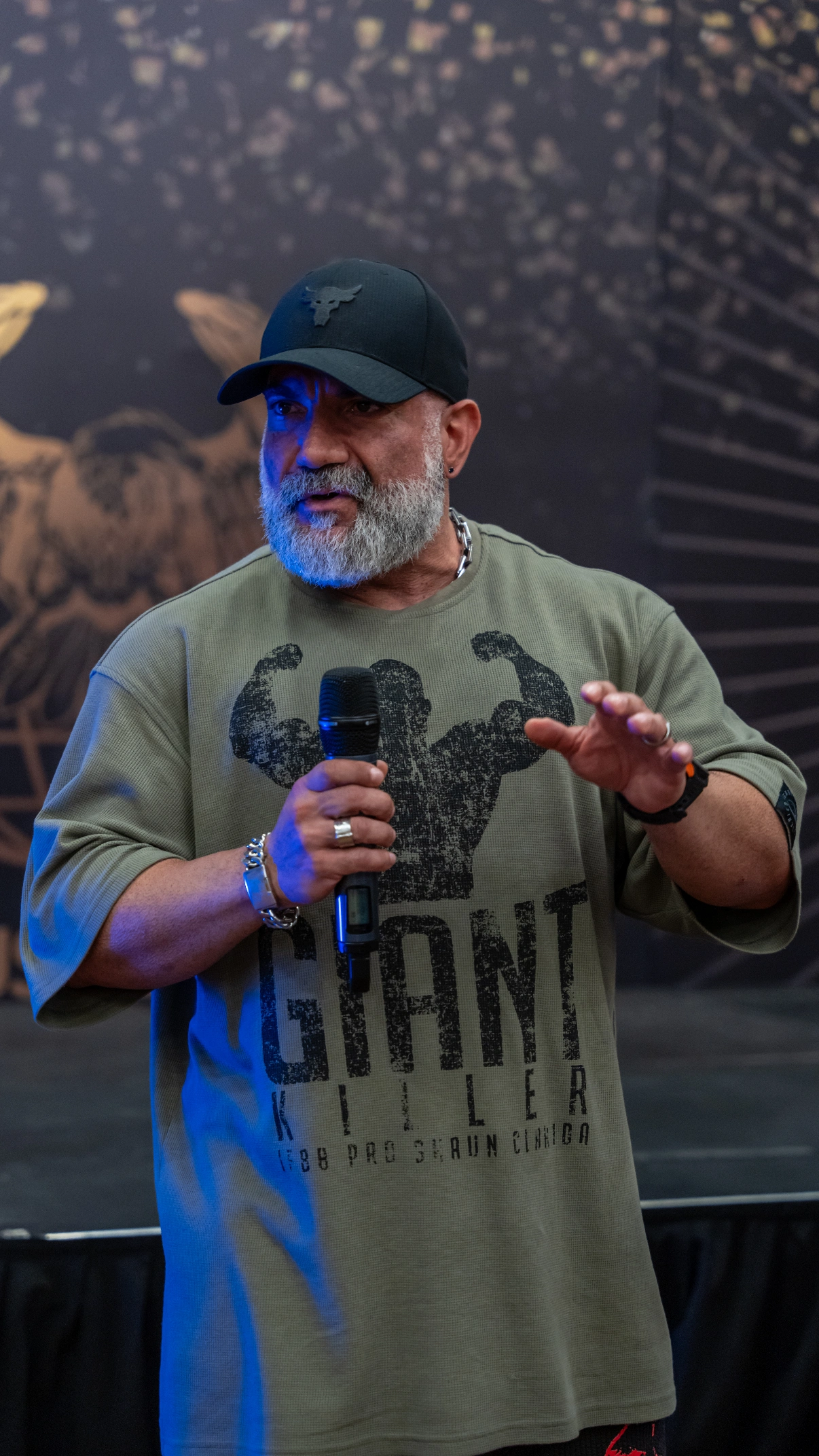The Language of Posing: Common Posing Mistakes on the IFBB Pro Stage and Professional Solutions
- vucuthocasi

- Jun 21
- 3 min read

Author: IFBB PRO COACH CAN ÜNALwww.fbbprocoach.comcanunal@ifbbprocoach.com
Introduction
As someone who has worked with countless athletes at the IFBB Pro level and witnessed the stage countless times, I can say this with absolute clarity:Posing is not merely about showcasing muscles — it is strategic stage management.
Your physique may be on point, diet executed flawlessly, and muscle groups fully developed... But a minor posing mistake can render all that effort meaningless.
In this article, I will detail the most common posing mistakes I’ve observed firsthand on the IFBB PRO LEAGUE stage, explore the underlying causes, and offer practical solutions.
1. The Fine Line Between Over-Tension and Over-Relaxation
Most athletes fall into one of two traps:Either they’re so stiff they resemble a “frozen robot,”or they’re so relaxed that the muscle activation becomes almost nonexistent.
My recommendation:Maintain isometric tension during the pose — enough to activate the muscles without becoming robotic. Your muscles should be engaged, but your facial expression must remain connected to the stage. This is especially critical in categories like Classic Physique, where posing aesthetics are heavily emphasized.
2. Asymmetrical Muscle Activation: One Side Fires, the Other Fades
In lat spreads, one lat is flared while the other collapses...In front double biceps, one arm is crisp and full of striations, the other looks flat.
These asymmetries are among the first things judges notice.The solution is not just more posing practice — it includes unilateral isometric exercises and video-based analysis to reinforce the weaker side.
3. Losing Core and Abdominal Control
Everything may look fine — until the midsection starts to bulge, sag, or relax.This isn’t just an aesthetic issue; it disrupts stage presence and command.
In my coaching system, athletes train for transverse abdominis activation, incorporate vacuum exercises, and follow a controlled breathing protocol during poses.The abs must be drawn in, but breathing must stay calm and steady.This balance can only be developed through consistent respiratory training.
4. Facial Expression Doesn’t Match the Pose
Muscles are tight, but the face looks frightened… or excessively serious.More than the pose itself, this disconnect becomes the judge’s focal point.
I have athletes conduct facial-mimic analysis via camera, not just mirrors.Because an IFBB stage is not just a muscle showcase — it’s a presentation of character.
5. Balance and Foot Placement Errors
Side poses with an unstable rear foot...Front poses with uneven weight distribution on the legs...These issues ruin your core engagement and pose symmetry.
In my system, I use what I call “foot anchor drills” to stabilize lower-body positioning.Because a strong pose starts from the feet up.
6. Disconnected Transitions Between Poses
Poses may be solid, but transitions are clumsy.There’s no flow, and this breaks the stage rhythm — creating an amateurish impression.
I teach all athletes “transition poses.”The movement from one pose to another isn’t a gap — it is a pose itself.
7. Weak Endurance in Holding Poses
With stage lights blazing, holding a pose becomes a test of endurance.Athletes start to tremble mid-pose, facial control fades, or the pose collapses.
My advice:Use a timer when posing.30-second isometric holds enhance both mental and physical endurance.Just 10 minutes of daily practice can elevate your stage presence dramatically.
Conclusion: Posing Is the Aesthetic Language of Strength
The IFBB PRO stage no longer rewards size alone. Winners are those who display their size with the right angles, clean breathing, confident expression, and powerful posture.
If you master these details, you don’t just bring a great physique —you become a full-fledged stage character.
About the Author: IFBB PRO COACH CAN ÜNAL
Can Ünal is an experienced stage consultant and performance coach for professional athletes competing in the IFBB PRO LEAGUE.He works not only on training and nutrition, but also specializes in stage presentation, posing strategy, mental preparation, and peak week protocols.
Having mentored hundreds of athletes one-on-one, he believes posing is not just a position — it is a form of storytelling.He continues to share his expertise through social media, workshops, and professional consultancy.
.png)



Comments